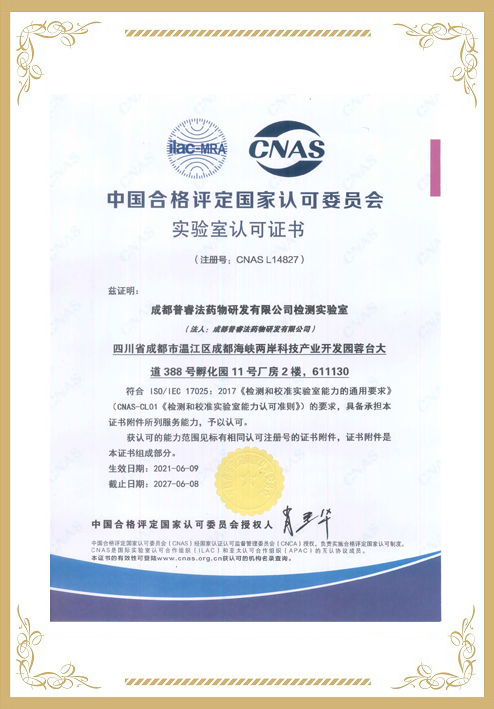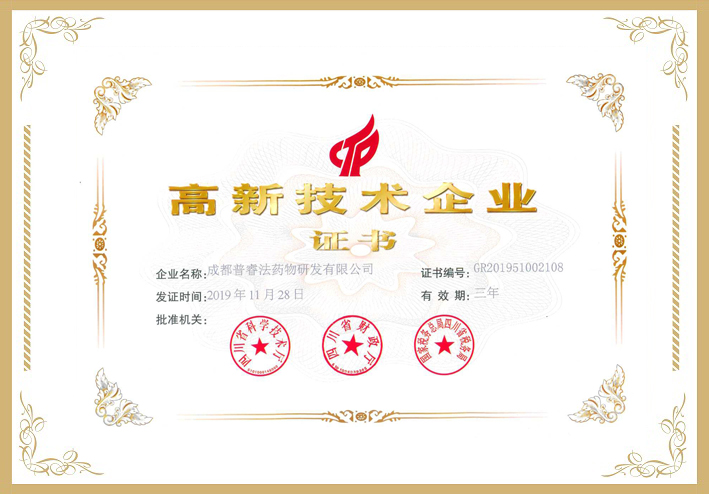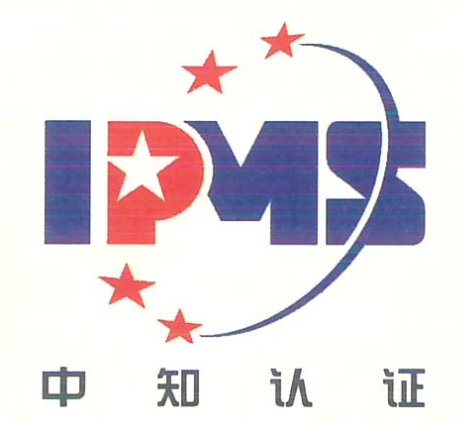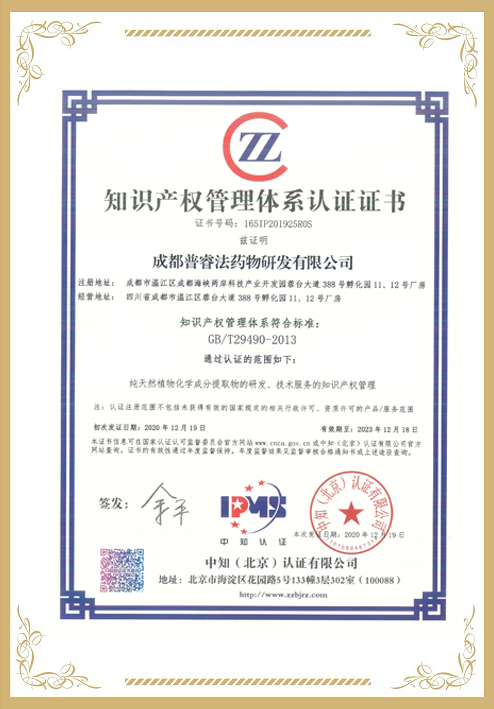Abstract
Anti-resorptive agents like bisphosphonates have been widely used for the treatment of postmenopausal osteoporosis. However, their long-term safety and efficacy are still controversial. This study is to examine the effect of Asiatic acid (AA) in osteoclastic differentiation, and further to investigate its effect on bone quality in animals. Effect of AA on osteoclastic differentiation was measured by Tartrate-resistant acid phosphatase stain, bone resorption pit assays, and quantitative real-time polymerase chain reaction. Nuclear factor kappa-light-chain-enhancer of activated B cells (NF-κB) and transforming growth factor-β (TGF-β) signaling were measured by western blot before and after AA treatment. Ovariectomized (OVX) wild-type or Smad7 partially knock out mice were used to evaluate the effects of AA on bone quality by micro-computed tomography, mechanical test, and histomorphometry. Results revealed a dose-dependent inhibitory effect of AA on osteoclastic differentiation. After AA treatment, Smad7 was upregulated, while NF-κB and TGF-β signaling were inhibited during osteoclastic differentiation. Results from animal study revealed that AA prevented bone from further loss caused by OVX and increased the mechanical properties of femur in wild-type animals. AA also prevented bone loss in the Smad7-deficient animals. When combining with OVX in the Smad7-deficient mice, AA could only partially preserve their bone mass. Taken together, we found that AA effectively inhibited osteoclastic differentiation and attenuated osteoporosis, which effects may be through TGF-β and NF-κB pathways. This study reveals that AA may be a potential anti-resorptive agent for postmenopausal osteoporosis.
… To deter- mine the potential cytotoxicity of AA, cells were treated with 0, 1, 10, 50, 80,and 100 μM AA (Chengdu Biopurify Phytochemical, Chengdu, China) for 24 h and then subjected to MTT assay (Sigma-Aldrich, St. Louis, USA) …























